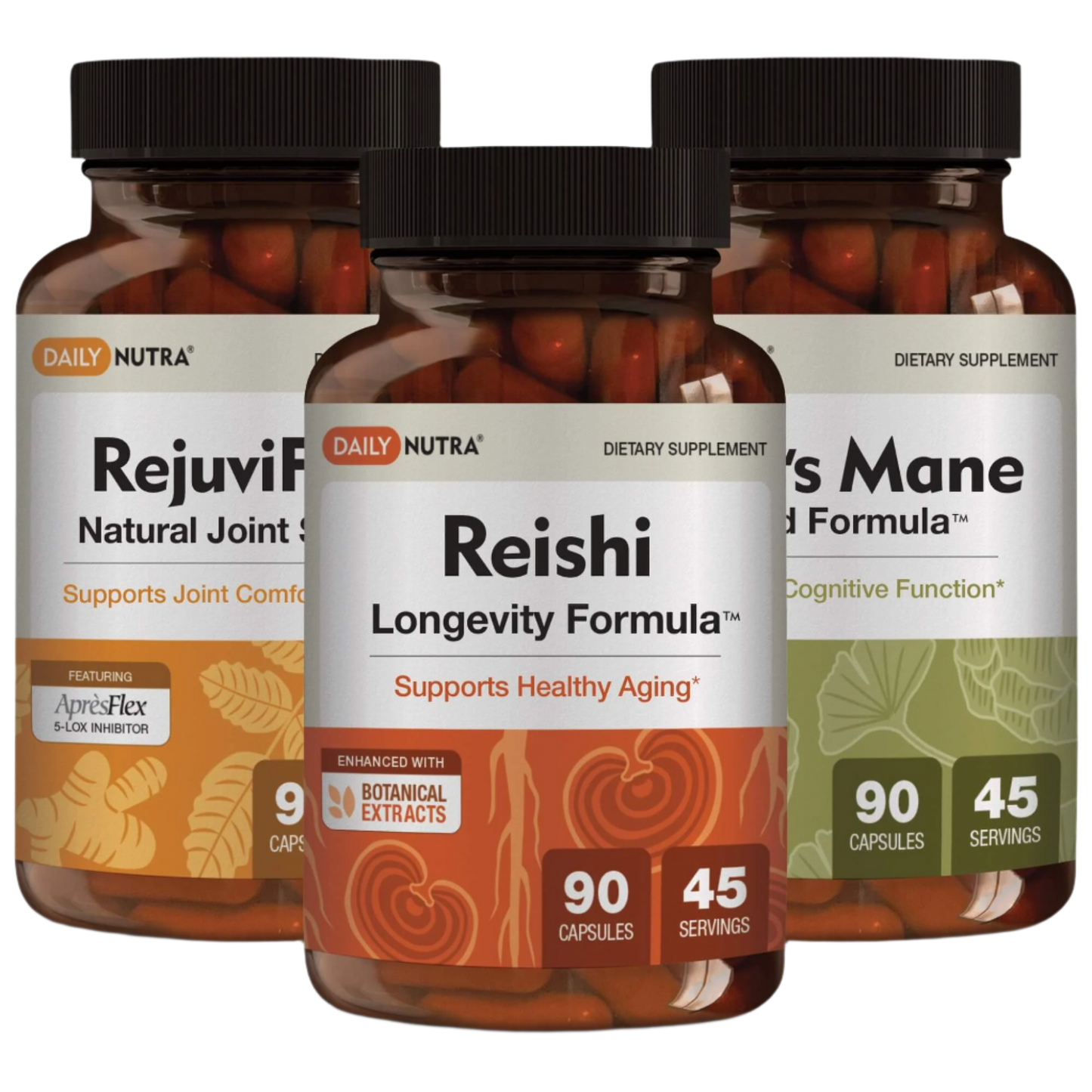Abstract Summary
Objective
This report dives into the lesser-known side of shiitake mushrooms (Lentinula edodes). While they’re celebrated for boosting immunity and supporting heart health, there’s growing interest in the side effects some people experience. The goal here is to paint a clear picture of what can go wrong, especially for those consuming shiitake mushrooms raw, in large amounts, or as supplements.
Context
Shiitake mushrooms have a long-standing reputation in traditional medicine, particularly across East Asia. From soups to tonics, they’ve been used for everything from increasing energy to fighting off illness. In recent years, they’ve gone global, showing up in everything from powders to capsules on health store shelves. But with this rise in popularity, there’s also been an uptick in reports of skin reactions, digestive discomfort, and allergy-like symptoms, especially when the mushrooms are eaten raw or processed incorrectly. Understanding these reactions is crucial for using shiitake mushrooms safely and effectively.
Methods Used
Approach
Studies from reputable sources, including peer-reviewed publications and databases such as PubMed and WebMD, served as the foundation for this review. We emphasized studies that particularly examined the adverse effects of shiitake mushrooms, whether they were taken as concentrated supplements or as meals.
Data Collection
We analyzed clinical studies, case reports, and documented reactions from real-world use. Research spanned everything from lab-based studies to human trials. We prioritized cases involving immune responses, digestive side effects, and dermatological issues, including reports linked to occupational exposure among mushroom handlers.
Researchers’ Summary of Findings
Health Implications
For most people, shiitake mushrooms are completely safe, especially when cooked. But a few reactions have surfaced that are worth knowing. One of the most frequently discussed side effects is a skin condition known as shiitake dermatitis. It shows up as red, linear marks on the skin, often resembling scratches or lash marks. This reaction is typically associated with a compound in the mushroom called lentinan and occurs most frequently when the mushrooms are eaten raw or undercooked.
There are also reports of digestive upset, including nausea, bloating, or diarrhea, particularly when large quantities are consumed or when taken as a supplement. While rare, some individuals experience allergic reactions that include itching, swelling, or even trouble breathing, most commonly in those with pre-existing mushroom sensitivities. A few studies suggest that shiitake mushrooms can make the skin more sensitive to sunlight, potentially triggering rashes or inflammation with excessive sun exposure. Another less common reaction has been noted in workers who regularly handle mushrooms; over time, inhaling mushroom spores can irritate the lungs, leading to a condition known as hypersensitivity pneumonitis, also referred to as “mushroom worker’s lung.”
Sustainability
Shiitake mushrooms are a low-impact, sustainable crop. They’re typically grown on logs or sawdust, often repurposed from agricultural or lumber industry waste. This method not only reduces environmental strain but also promotes sustainable farming practices. Unlike wild-harvested mushrooms, cultivated shiitake helps preserve forest ecosystems while still offering a potent, natural source of nutrition.
DOI
10.1016/j.jep.2011.07.035





